 Nova Scotia enters bidding for Northern Pulp assets, challenging Macer’s stalking horse bid. In related news: Nova Scotia invests $1.8 million in support of forestry innovation; Maine’s senators want tariff relief for forest products; the mayor of Williams Lake, BC says tariffs are killing my town; and the shuttered Acorn sawmill in Delta, BC is consumed by fire. Meanwhile: the Softwood Lumber Board’s solution to industry’s demand problem; Michigan’s support for mass timber use; and the UK’s 2025 Wood Award winners.
Nova Scotia enters bidding for Northern Pulp assets, challenging Macer’s stalking horse bid. In related news: Nova Scotia invests $1.8 million in support of forestry innovation; Maine’s senators want tariff relief for forest products; the mayor of Williams Lake, BC says tariffs are killing my town; and the shuttered Acorn sawmill in Delta, BC is consumed by fire. Meanwhile: the Softwood Lumber Board’s solution to industry’s demand problem; Michigan’s support for mass timber use; and the UK’s 2025 Wood Award winners.
In Forestry/Climate news: a UN report says forests drive agricultural success; NRCan helps forest pest managers understand climate change impacts; Canada launches a new Climate Competitive Strategy, roles back it anti-greenwashing rules; Ontario’s opposition tables bill to address urban wildfire risks; Canada’s wood pellet industry on turning wildfire recovery into renewable energy; and Woodlots BC updates its tool kit.
Finally, considering the TLA Convention and Trade Show as an investment opportunity.
Kelly McCloskey, Tree Frog News Editor
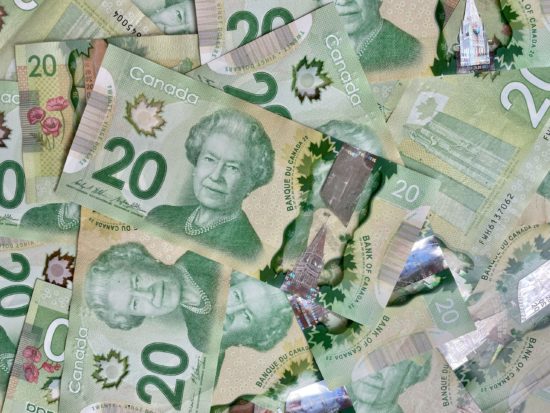 OTTAWA — Prime Minister Mark Carney on Tuesday defended making a commitment to carbon emission targets to get the government’s spending plan over the finish line. Carney told reporters before the weekly cabinet meeting in Ottawa that he was “very pleased” his government narrowly won the crucial budget vote on Monday night. …”I can confirm to this House that we will respect our Paris commitments for climate change, and we are determined to achieve them,” Carney said. He also said a nature strategy will be released soon, keeping Canada on target for its commitments on biodiversity as well. That was enough to sway May to vote with the Liberals, a vote that earned her grateful applause from the Liberal caucus. …”Canada is blessed with immense natural resources, everything from hydroelectricity through to conventional oil and gas. We’re part of an energy transition, we’re going to help to lead it.”
OTTAWA — Prime Minister Mark Carney on Tuesday defended making a commitment to carbon emission targets to get the government’s spending plan over the finish line. Carney told reporters before the weekly cabinet meeting in Ottawa that he was “very pleased” his government narrowly won the crucial budget vote on Monday night. …”I can confirm to this House that we will respect our Paris commitments for climate change, and we are determined to achieve them,” Carney said. He also said a nature strategy will be released soon, keeping Canada on target for its commitments on biodiversity as well. That was enough to sway May to vote with the Liberals, a vote that earned her grateful applause from the Liberal caucus. …”Canada is blessed with immense natural resources, everything from hydroelectricity through to conventional oil and gas. We’re part of an energy transition, we’re going to help to lead it.”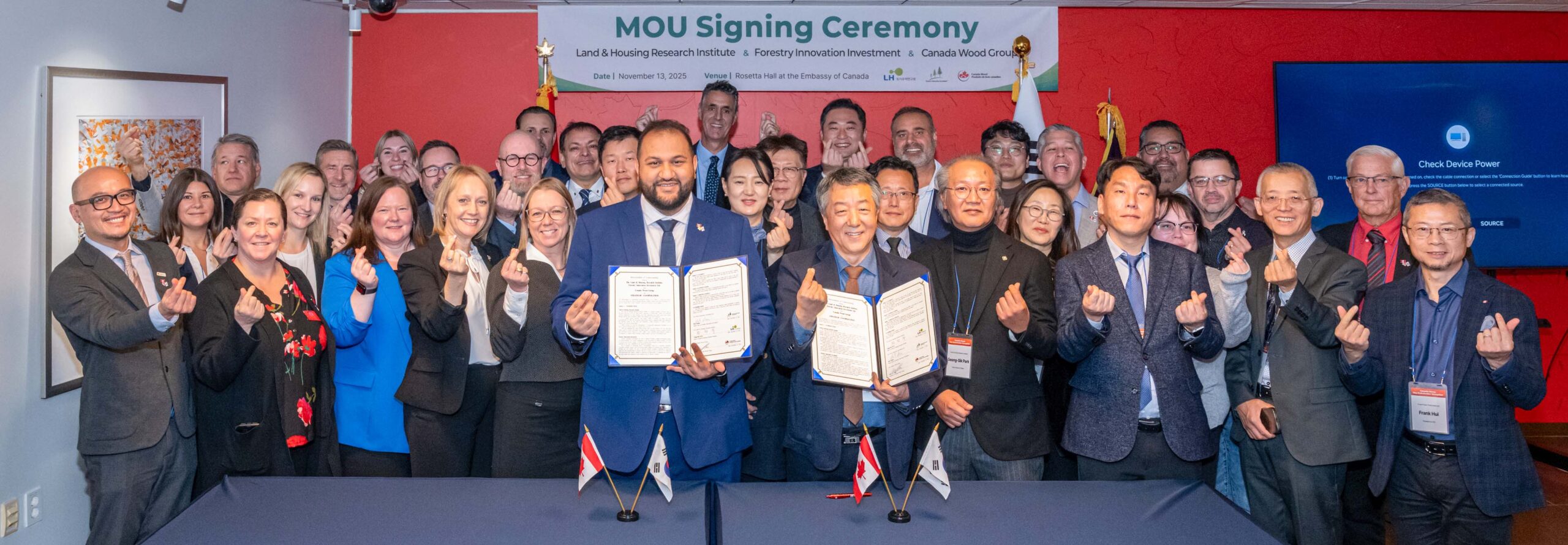 Delegates from B.C.’s largest forestry trade mission to Asia have returned home, bringing back business deals, signed agreements and deeper ties with key trading partners in Japan and South Korea, driving growth and investment for B.C.
Delegates from B.C.’s largest forestry trade mission to Asia have returned home, bringing back business deals, signed agreements and deeper ties with key trading partners in Japan and South Korea, driving growth and investment for B.C. Government has launched Look West, a strategic plan to deliver major projects faster, expand skills training and grow key sectors to strengthen B.C.’s economy, creating good jobs and opportunities for people and businesses, and benefiting all of Canada. “British Columbia can get big things done – which is why our province is vastly overrepresented in the list of major projects Ottawa is fast-tracking,” said Premier David Eby. “This plan sets big goals as we make B.C. the economic powerhouse of Canada to create great jobs and drive prosperity in every corner of the province.” Look West rises to the challenges brought on by U.S. tariffs. The strategy sets a 10-year vision to strengthen B.C.’s economy, including continuing work to speed up permitting and diversify key sectors, so B.C.’s economy is less reliant on the United States.
Government has launched Look West, a strategic plan to deliver major projects faster, expand skills training and grow key sectors to strengthen B.C.’s economy, creating good jobs and opportunities for people and businesses, and benefiting all of Canada. “British Columbia can get big things done – which is why our province is vastly overrepresented in the list of major projects Ottawa is fast-tracking,” said Premier David Eby. “This plan sets big goals as we make B.C. the economic powerhouse of Canada to create great jobs and drive prosperity in every corner of the province.” Look West rises to the challenges brought on by U.S. tariffs. The strategy sets a 10-year vision to strengthen B.C.’s economy, including continuing work to speed up permitting and diversify key sectors, so B.C.’s economy is less reliant on the United States. This is a rare opportunity to lead highly respected, independent oversight in one of the province’s most important and visible sectors. The Chair plays a pivotal role in strengthening public confidence in forest and range practices across BC. Ideal candidates bring strong governance experience, a background in forestry, and a commitment to transparent oversight. The Chair is a flexible, full-time role leading BC’s independent watchdog for forest and range practices. The Chair plays a key role in strengthening public trust in how the province’s forests and rangelands are managed. The Chair provides strategic leadership, oversees audits and investigations, approves reports, and represents the Board in engagements with Indigenous governments, provincial agencies, stakeholders, and the media. The role is well suited for someone with strong governance experience, sound judgment, and a balanced understanding of BC’s natural resource sector. Appointed by Order-in-Council for an initial term of 3 to 5 years the position may be re-appointed for additional terms of up to 5 years. Closing Date: December 11, 2025
This is a rare opportunity to lead highly respected, independent oversight in one of the province’s most important and visible sectors. The Chair plays a pivotal role in strengthening public confidence in forest and range practices across BC. Ideal candidates bring strong governance experience, a background in forestry, and a commitment to transparent oversight. The Chair is a flexible, full-time role leading BC’s independent watchdog for forest and range practices. The Chair plays a key role in strengthening public trust in how the province’s forests and rangelands are managed. The Chair provides strategic leadership, oversees audits and investigations, approves reports, and represents the Board in engagements with Indigenous governments, provincial agencies, stakeholders, and the media. The role is well suited for someone with strong governance experience, sound judgment, and a balanced understanding of BC’s natural resource sector. Appointed by Order-in-Council for an initial term of 3 to 5 years the position may be re-appointed for additional terms of up to 5 years. Closing Date: December 11, 2025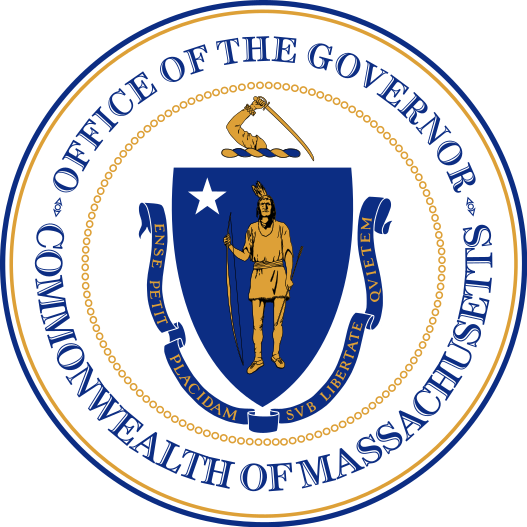

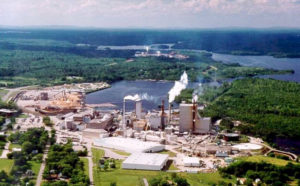



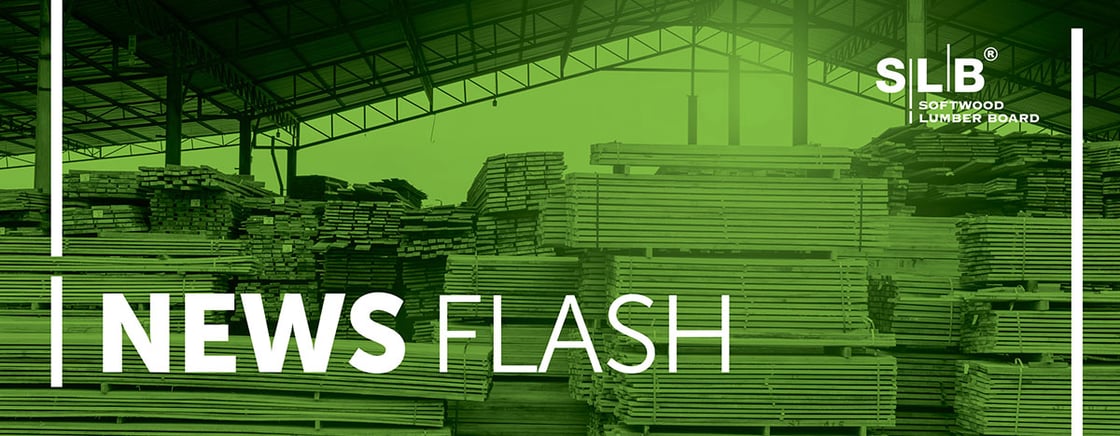
 SALT LAKE CITY — Homeowners in high wildfire risk areas should soon expect home assessments and a new fee. HB48 Wildland Urban Interface Modifications requires the Utah Division of Forestry, Fire and State Lands to draw a high wildfire risk boundary across the state. The division will inspect homes within the boundary for fire risk, and property owners will pay a fee based on their risk and square footage, which will cover the cost of the program and lot assessments. State Wildfire Risk Reductions Programs Manager Joseph Anderson said the assessments will focus on the vegetation surrounding the home and the materials used in the structure. “The goal is to remove any vegetation or anything that could catch an ember and allow that ember to burn and catch the structure on fire,” Anderson said. The bill comes after catastrophic wildfires across the West, like the California Eaton Fire from January 2025.
SALT LAKE CITY — Homeowners in high wildfire risk areas should soon expect home assessments and a new fee. HB48 Wildland Urban Interface Modifications requires the Utah Division of Forestry, Fire and State Lands to draw a high wildfire risk boundary across the state. The division will inspect homes within the boundary for fire risk, and property owners will pay a fee based on their risk and square footage, which will cover the cost of the program and lot assessments. State Wildfire Risk Reductions Programs Manager Joseph Anderson said the assessments will focus on the vegetation surrounding the home and the materials used in the structure. “The goal is to remove any vegetation or anything that could catch an ember and allow that ember to burn and catch the structure on fire,” Anderson said. The bill comes after catastrophic wildfires across the West, like the California Eaton Fire from January 2025. 
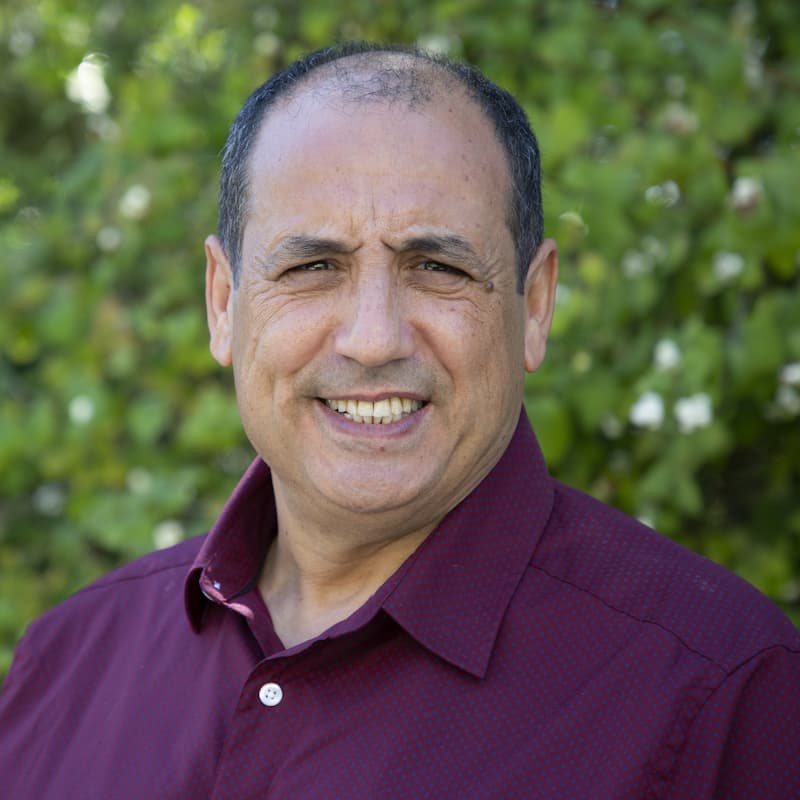
 The crowd stretched from the doors of City Hall to the Ward Street sidewalk in Nelson to hear guest speaker David Suzuki and other forest ecology advocates at a rally held Nov. 18 in Nelson. …The Broken Promises rally was held simultaneously in Nelson, Victoria, Vernon, Revelstoke, Smithers, Courtenay, Parksville, and Powell River to protest what is seen as provincial government backtracking on the protection of old growth forests, biodiversity and watersheds, and continuing with timber volume as the only priority. …Speaker Suzanne Simard said failure to use that foresight, to respect all life and give back more than we receive, has resulted in climate change, biodiversity loss, and land degradation. …She said the province should stop clearcutting and creating tree plantations that are flammable and subject to erosion. …Slocan Valley ecologist and forester Herb Hammond spoke about secondary forests… That’s where we should get our wood and our employment…
The crowd stretched from the doors of City Hall to the Ward Street sidewalk in Nelson to hear guest speaker David Suzuki and other forest ecology advocates at a rally held Nov. 18 in Nelson. …The Broken Promises rally was held simultaneously in Nelson, Victoria, Vernon, Revelstoke, Smithers, Courtenay, Parksville, and Powell River to protest what is seen as provincial government backtracking on the protection of old growth forests, biodiversity and watersheds, and continuing with timber volume as the only priority. …Speaker Suzanne Simard said failure to use that foresight, to respect all life and give back more than we receive, has resulted in climate change, biodiversity loss, and land degradation. …She said the province should stop clearcutting and creating tree plantations that are flammable and subject to erosion. …Slocan Valley ecologist and forester Herb Hammond spoke about secondary forests… That’s where we should get our wood and our employment… A leaked technical review prepared for a group of First Nations claims British Columbia is greatly overestimating how much timber it can sustainably harvest in a push for short-term economic gains. The previously unreleased report charges that the methods the province uses to calculate how many trees are on the landscape—and therefore how much can be logged—is fundamentally flawed and based on “wildly extreme assumptions” that hurt the long-term health of B.C.’s forests. The report’s authors … only agreed to speak with BIV after it independently obtained a 572-page draft of the report originally dated September 2024. “There’s a strong likelihood that throughout the province we’re cutting almost at twice the rate of what is considered sustainable,” said co-author Dave Radies. The report focuses on the Mackenzie timber supply area… The analysis challenges the methods B.C. uses to determine the annual allowable cut …concluding their numbers are likely double what can be harvested without causing significant long-term damage.
A leaked technical review prepared for a group of First Nations claims British Columbia is greatly overestimating how much timber it can sustainably harvest in a push for short-term economic gains. The previously unreleased report charges that the methods the province uses to calculate how many trees are on the landscape—and therefore how much can be logged—is fundamentally flawed and based on “wildly extreme assumptions” that hurt the long-term health of B.C.’s forests. The report’s authors … only agreed to speak with BIV after it independently obtained a 572-page draft of the report originally dated September 2024. “There’s a strong likelihood that throughout the province we’re cutting almost at twice the rate of what is considered sustainable,” said co-author Dave Radies. The report focuses on the Mackenzie timber supply area… The analysis challenges the methods B.C. uses to determine the annual allowable cut …concluding their numbers are likely double what can be harvested without causing significant long-term damage.




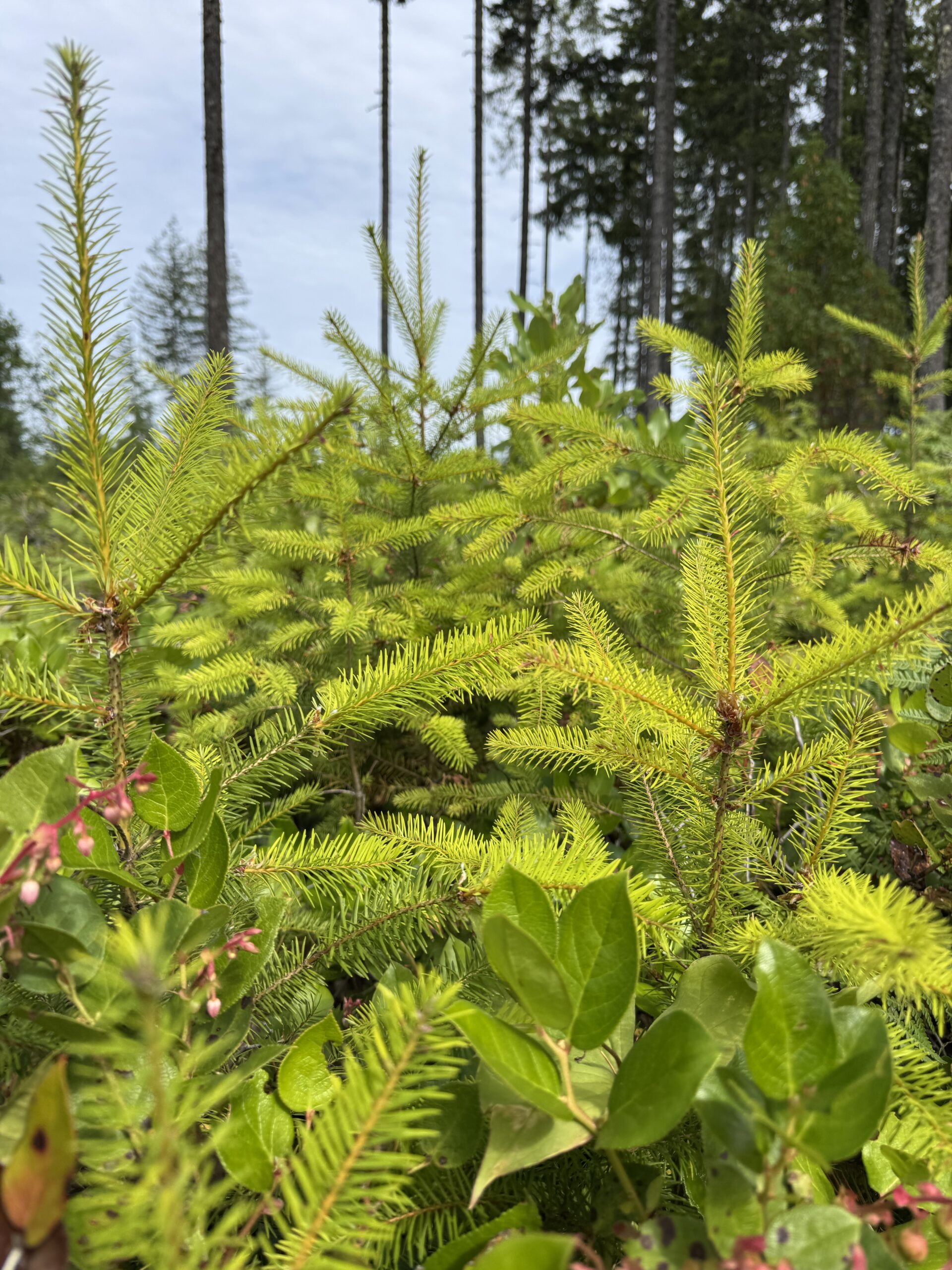 The best time to plant a tree is 10 years ago. Or 20. That’s what I was told by the two retired foresters who put 2,000 one-year-old seedlings in the ground on my farm back in 2017. I had signed on with what was then called the 50 Million Tree program run by Forests Ontario, which subsidized plantings for private landowners. …the Forests Ontario program made tree planting easy. At 40 cents a stem, those trees cost me $800. While 2,000 trees seems like a lot, they cover just under one hectare. We got the seedlings in the ground a couple years before Doug Ford nixed the initiative in 2019. But then, Justin Trudeau created the
The best time to plant a tree is 10 years ago. Or 20. That’s what I was told by the two retired foresters who put 2,000 one-year-old seedlings in the ground on my farm back in 2017. I had signed on with what was then called the 50 Million Tree program run by Forests Ontario, which subsidized plantings for private landowners. …the Forests Ontario program made tree planting easy. At 40 cents a stem, those trees cost me $800. While 2,000 trees seems like a lot, they cover just under one hectare. We got the seedlings in the ground a couple years before Doug Ford nixed the initiative in 2019. But then, Justin Trudeau created the 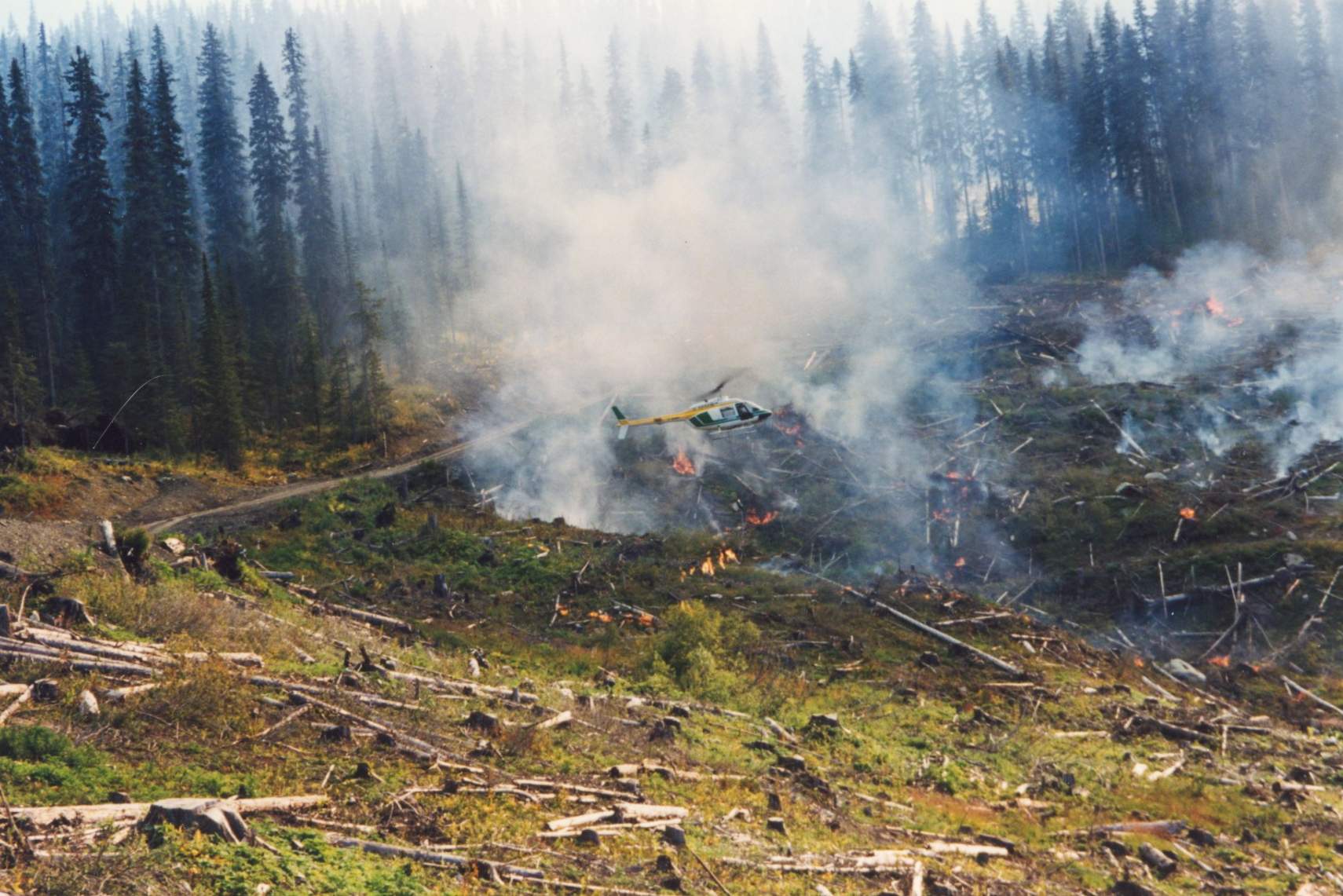 Oregon — Deschutes County is preparing to deploy $3.4 million for wildfire mitigation projects to reduce the likelihood of catastrophic wildfire in La Pine. The money comes from the U.S. Department of Agriculture and is part of a $200 million funding package to assist fire-prone areas across the country. Work is expected to begin in the spring on a variety of projects ranging from fuels reduction to community education, according to Lauren Street, a natural resources specialist with Deschutes County. The project is expected to continue for five years. La Pine was one of 58 recipients nationwide to benefit from community wildfire defense grants. The grants are funded by the Biden-era bipartisan infrastructure law of 2021. Elsewhere in Oregon, the Sweet Home Fire and Ambulance District is set to receive $8.7 million, the largest grant for any project in the state.
Oregon — Deschutes County is preparing to deploy $3.4 million for wildfire mitigation projects to reduce the likelihood of catastrophic wildfire in La Pine. The money comes from the U.S. Department of Agriculture and is part of a $200 million funding package to assist fire-prone areas across the country. Work is expected to begin in the spring on a variety of projects ranging from fuels reduction to community education, according to Lauren Street, a natural resources specialist with Deschutes County. The project is expected to continue for five years. La Pine was one of 58 recipients nationwide to benefit from community wildfire defense grants. The grants are funded by the Biden-era bipartisan infrastructure law of 2021. Elsewhere in Oregon, the Sweet Home Fire and Ambulance District is set to receive $8.7 million, the largest grant for any project in the state.


 At face value, the amount of forest in Australia is officially increasing, and has been since 2008. But if an old-growth tree is felled in a forest and seedlings grow elsewhere, is the official account ecologically sound? Not according to new analysis, which suggests that the way Australia calculates forest cover obfuscates the impacts of ongoing deforestation. Australia calculates forest cover as a net figure, in which forest losses are “netted off” against forest gains. That is problematic, according to a report led by Griffith University’s Climate Action Beacon, because new forests do not store as much carbon or have the same wildlife benefits as established forests that are being destroyed. Prof Brendan Mackey of Griffith University, one of the study’s co-authors, described measuring forest losses and gains in net terms as “an accounting sleight of hand”.
At face value, the amount of forest in Australia is officially increasing, and has been since 2008. But if an old-growth tree is felled in a forest and seedlings grow elsewhere, is the official account ecologically sound? Not according to new analysis, which suggests that the way Australia calculates forest cover obfuscates the impacts of ongoing deforestation. Australia calculates forest cover as a net figure, in which forest losses are “netted off” against forest gains. That is problematic, according to a report led by Griffith University’s Climate Action Beacon, because new forests do not store as much carbon or have the same wildlife benefits as established forests that are being destroyed. Prof Brendan Mackey of Griffith University, one of the study’s co-authors, described measuring forest losses and gains in net terms as “an accounting sleight of hand”.

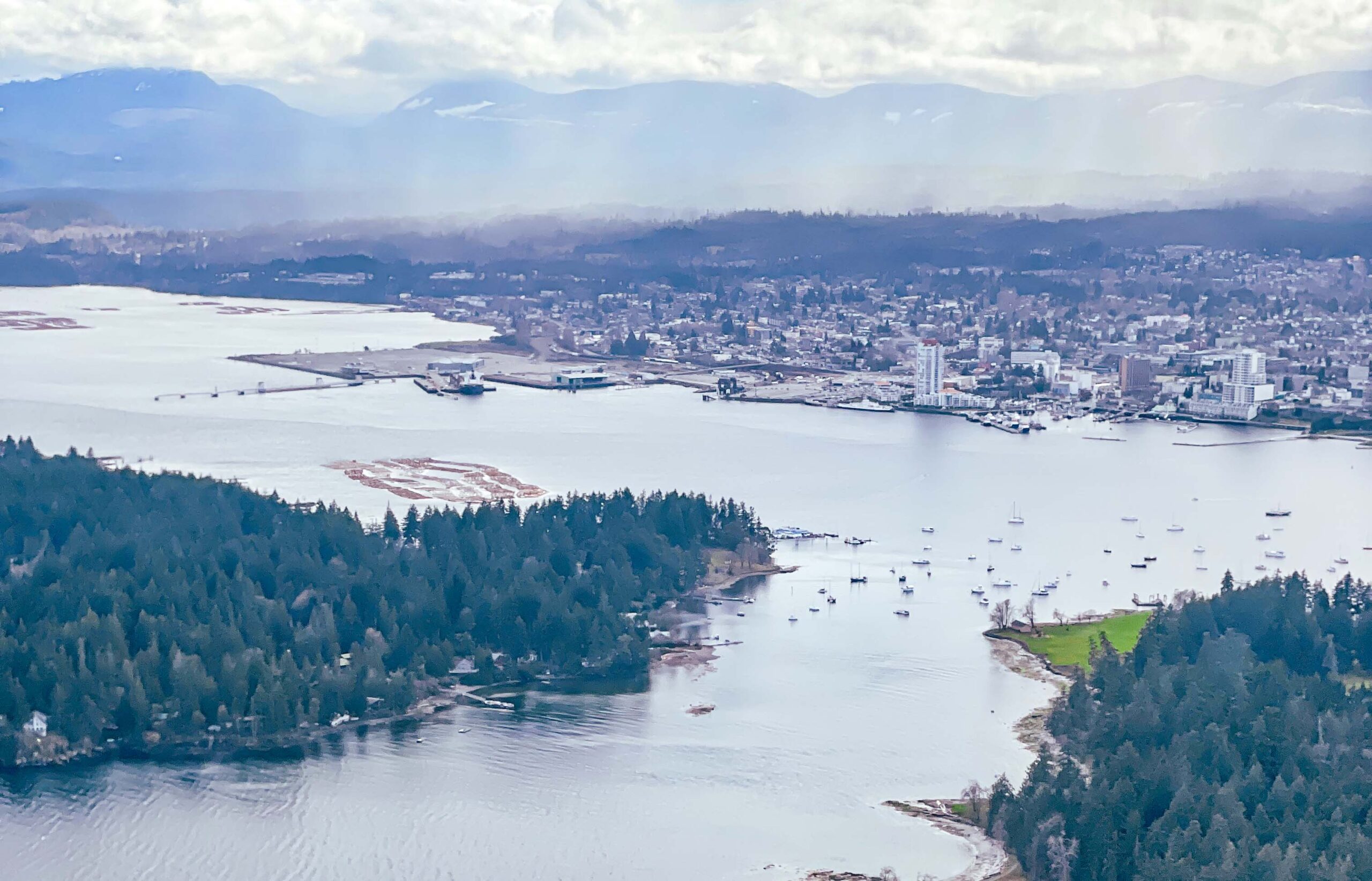 Nanaimo city council Coun. Paul Manly tabled a motion that asked staff to prepare a report with options for a zoning amendment for industrial lands that would exclude emissions-intense heavy industry such as “waste energy, incinerators, chemical plants, thermal electrical generators, petroleum refineries and [liquefied] natural gas export facilities” from existing industrial zones in order to require site-specific zoning. …Ryan Prontack, a manager for Harmac Pacific, Nanaimo Forest Products, also appeared as a delegation. He said Harmac is looking to diversify its operations and has about 61 hectares of industrial-zoned land ready to develop. “While this motion represents many different activities we currently do, it also represent many that we have plans to diversify in the future,” Protack said. Manly said the motion does not affect Harmac’s current operations and is not about “blocking industry uses in perpetuity” but is about ensuring the city has a democratic process to evaluate project proposals.
Nanaimo city council Coun. Paul Manly tabled a motion that asked staff to prepare a report with options for a zoning amendment for industrial lands that would exclude emissions-intense heavy industry such as “waste energy, incinerators, chemical plants, thermal electrical generators, petroleum refineries and [liquefied] natural gas export facilities” from existing industrial zones in order to require site-specific zoning. …Ryan Prontack, a manager for Harmac Pacific, Nanaimo Forest Products, also appeared as a delegation. He said Harmac is looking to diversify its operations and has about 61 hectares of industrial-zoned land ready to develop. “While this motion represents many different activities we currently do, it also represent many that we have plans to diversify in the future,” Protack said. Manly said the motion does not affect Harmac’s current operations and is not about “blocking industry uses in perpetuity” but is about ensuring the city has a democratic process to evaluate project proposals.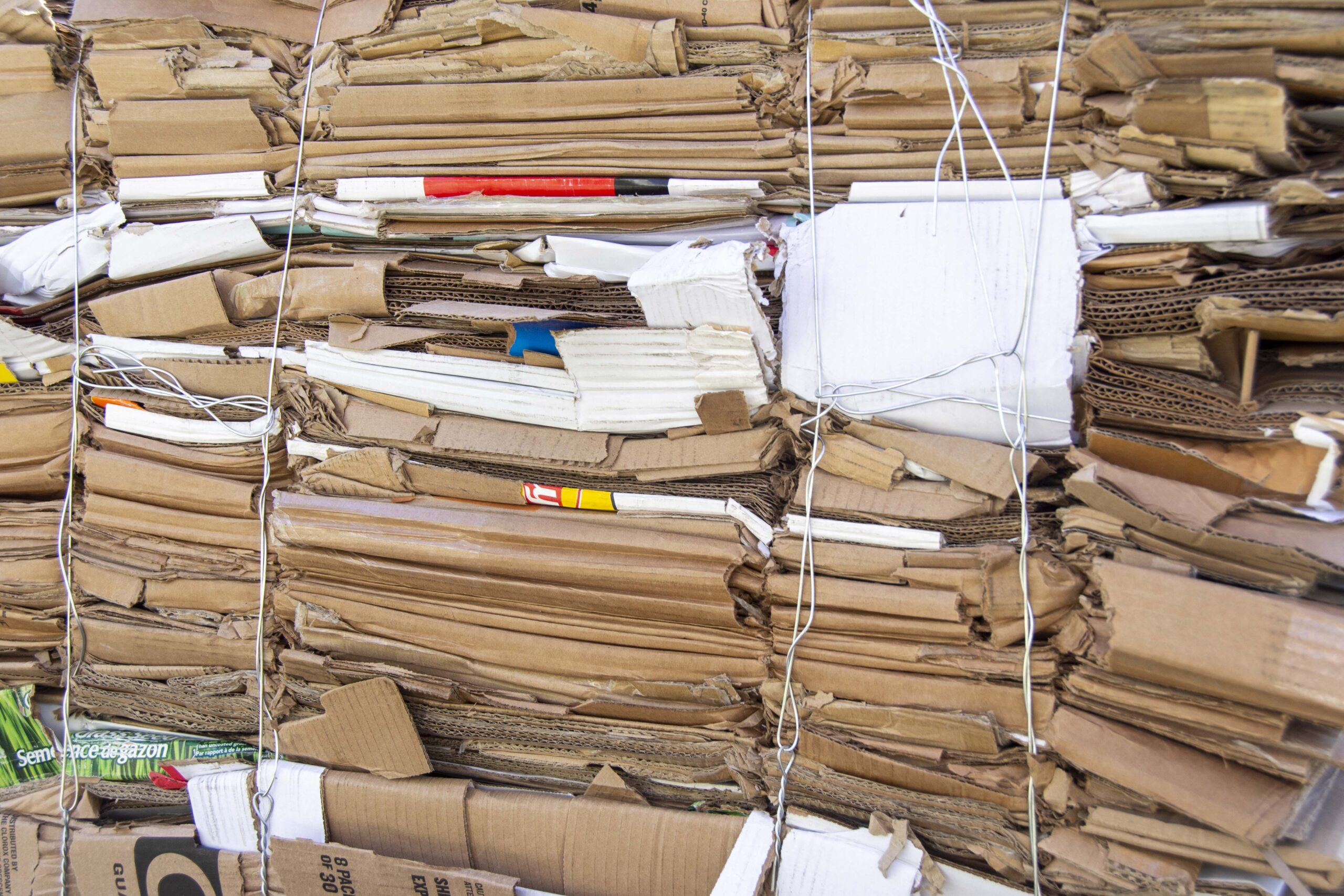 A new study has shown for the first time that waste cardboard can be used as an effective source of biomass fuel for large scale power generation. Engineers from the University of Nottingham have provided the first comprehensive characterisation of cardboard as a potential fuel source and created a new method to assess the composition of the material providing a practical tool for fuel assessment for cardboards. The study has been published in the journal Biomass and Bioenergy. This research demonstrates that cardboard shows differences in physical and chemical properties, including lower carbon content, reduced heating value, and a high prevalence of calcium carbonate fillers, particularly in printed grades. The researchers have also developed a new technique to analyse the calcium carbonate content of cardboard. Calcium carbonate is added to cardboard to improve its optical properties and stiffness, but forms ash during combustion which can reduce a boilers performance.
A new study has shown for the first time that waste cardboard can be used as an effective source of biomass fuel for large scale power generation. Engineers from the University of Nottingham have provided the first comprehensive characterisation of cardboard as a potential fuel source and created a new method to assess the composition of the material providing a practical tool for fuel assessment for cardboards. The study has been published in the journal Biomass and Bioenergy. This research demonstrates that cardboard shows differences in physical and chemical properties, including lower carbon content, reduced heating value, and a high prevalence of calcium carbonate fillers, particularly in printed grades. The researchers have also developed a new technique to analyse the calcium carbonate content of cardboard. Calcium carbonate is added to cardboard to improve its optical properties and stiffness, but forms ash during combustion which can reduce a boilers performance. In this newsletter you find these stories and more:
In this newsletter you find these stories and more: